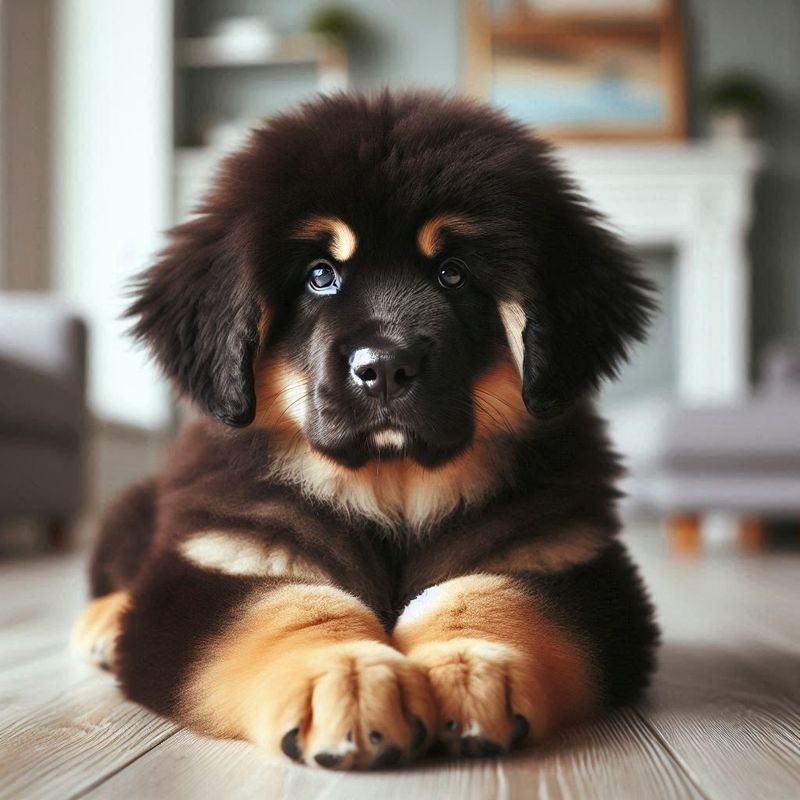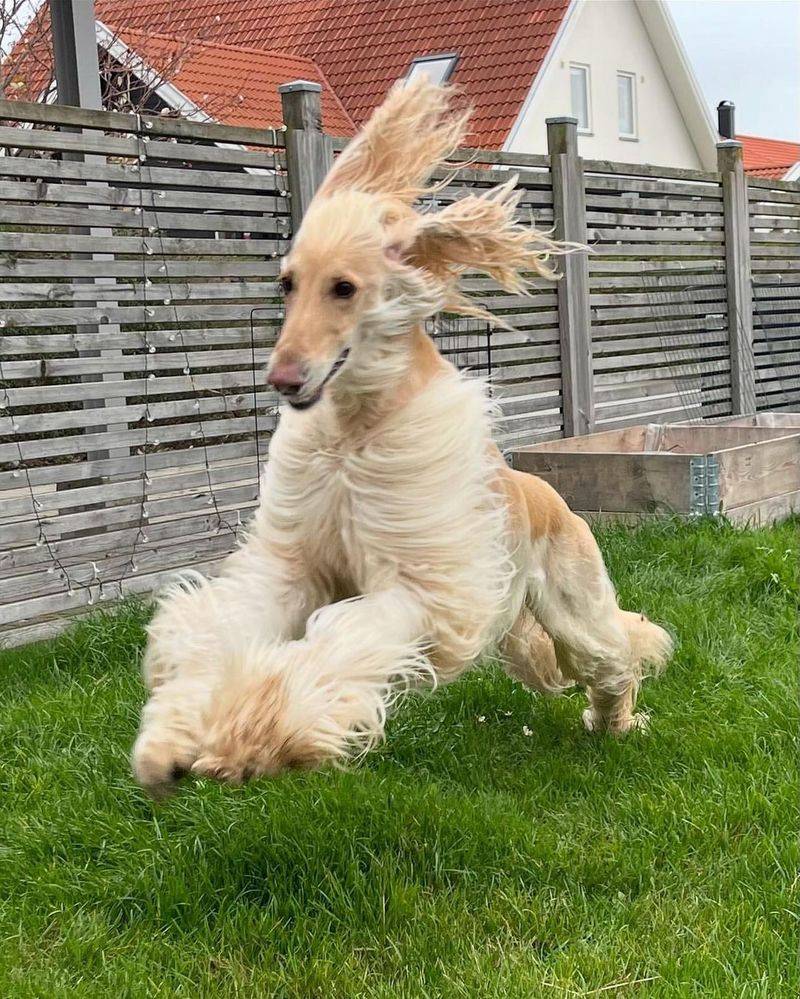Owning a dog can be a rewarding experience, but some breeds come with hefty price tags—not just for purchase, but also for maintenance, grooming, healthcare, and feeding. This blog post explores eight dog breeds that are the most expensive to care for and why, providing insights into what makes these breeds high-maintenance.
Tibetan Mastiff
The Tibetan Mastiff is a symbol of luxury in the canine world. Known for its impressive size and thick coat, this breed requires regular grooming and maintenance.
Its diet is another significant cost factor, as they need high-quality food to support their massive physique. Additionally, Tibetan Mastiffs are prone to certain health issues, which require regular veterinary visits.
Their independent nature means they need skilled training, often necessitating professional trainers. Owning one of these majestic dogs is not just a commitment of love but also a financial one.
Samoyed
Renowned for their beautiful, fluffy white coats, Samoyeds demand frequent grooming to keep their fur pristine and prevent matting.
Their high energy levels mean they require plenty of exercise, which might involve hiring a dog walker or joining dog sports activities. The breed is also prone to certain genetic health issues, demanding regular health checkups.
Samoyeds thrive on companionship and may require doggy daycare if left alone for long periods, adding to their care costs. Owning a Samoyed is a joyful yet financially demanding journey.
Chow Chow
Chow Chows are known for their lion-like mane and distinct appearance. Their thick coats need regular grooming to stay healthy and clean.
This breed can be prone to health issues such as hip dysplasia and eye problems, leading to frequent veterinary visits. Chow Chows are also known for their independent and stubborn nature, often requiring professional training.
Their diet needs to be carefully managed to prevent obesity, adding to feeding costs. Although aloof, Chow Chows are devoted companions, demanding both attention and financial resources.
Irish Wolfhound
The Irish Wolfhound is one of the tallest dog breeds, which means they come with large appetites and significant feeding costs. Their size also influences their healthcare expenses, as treatments often require more medication.
Wolfhounds have a relatively short lifespan and are prone to certain serious health conditions, needing regular vet checkups. Their gentle nature requires a calm environment, sometimes necessitating special accommodations.
Their immense size means spacious living areas are a must, often requiring larger vehicles for transport. Owning an Irish Wolfhound is a giant responsibility.
Afghan Hound
Afghan Hounds are renowned for their elegance and flowing coats, demanding extensive grooming to prevent tangles and mats. Their hair requires professional grooming, which adds to the cost.
They are sensitive breeds that need a lot of physical activity, often requiring access to large, secure spaces. Afghan Hounds have unique temperaments needing patient training, sometimes with professional help.
Their diet must be carefully managed, and they may have specific health needs. Owning an Afghan Hound requires commitment to both their care and training.
Rottweiler
Rottweilers are powerful dogs known for their loyalty and protective nature, often requiring expert training to manage their strength and temperament.
Their robust physique necessitates high-quality food, adding to their maintenance costs. Rottweilers are prone to certain health conditions such as hip dysplasia and heart issues, demanding regular healthcare.
Their size requires ample living space and secure fencing. While they make excellent guard dogs, the cost of caring for a Rottweiler can be as substantial as their protective instincts.
English Bulldog
English Bulldogs are beloved for their charming appearance and gentle disposition, but their care can be costly. Their distinctive wrinkles require regular cleaning to prevent infections.
Bulldogs are prone to respiratory issues, skin problems, and joint concerns, necessitating frequent veterinary care. Their diet needs to be managed carefully to avoid obesity.
While they thrive in indoor environments, temperature control is essential due to their breathing difficulties. While undeniably lovable, English Bulldogs come with a hefty care commitment.
Bernese Mountain Dog
Bernese Mountain Dogs are known for their friendly nature and beautiful tri-colored coats. Their large size means they consume significant food, and their thick fur requires regular grooming.
These dogs are susceptible to certain genetic conditions like hip and elbow dysplasia, necessitating regular vet visits. They thrive in family settings but need ample space to move around.
Bernese Mountain Dogs also enjoy outdoor activities, which may involve purchasing specialized equipment. Their loving and gentle nature comes with considerable care costs.








